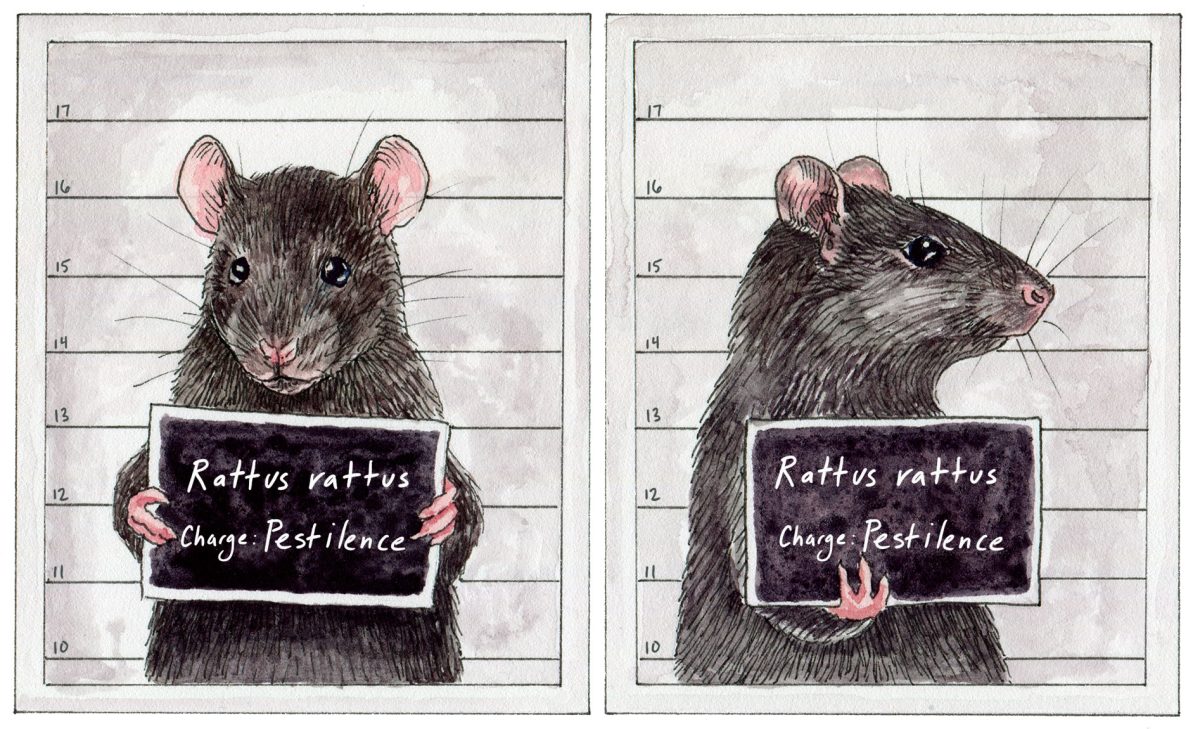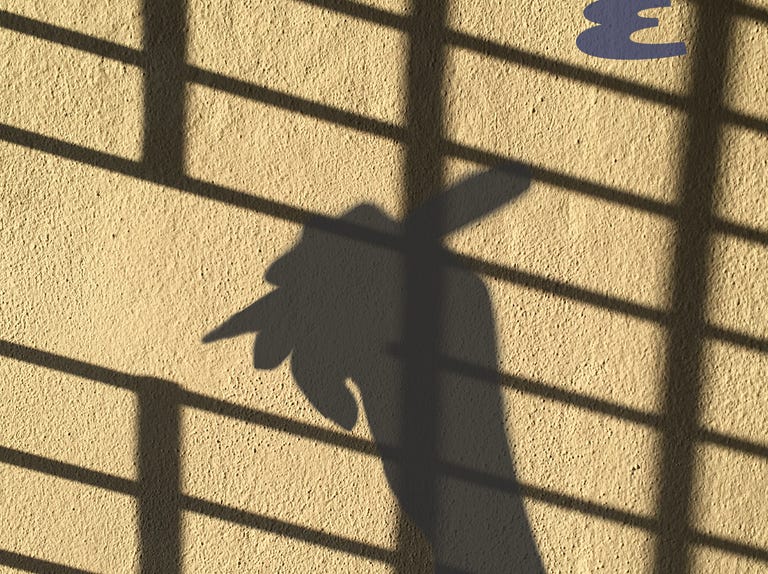Is there sunken treasure under the churning water of Hell Gate?

From Joaquim Salles for Atlas Obscura: "Just off the coast of Astoria, Queens, at the confluence of the Harlem and East Rivers, is a narrow tidal channel. Hell Gate. Its fast currents change multiple times a day and it used to be riddled with rocks just beneath the surface. Visitors to Randall’s Island Park can see the swirling churn and watch pleasure boaters struggle through. American author Washington Irving wrote an essay about it: “Woe to the unlucky vessel that ventures into its clutches.” But many a vessel did venture into those clutches over the centuries. Traversing it could save sailors navigating between New York Harbor and Southern New England days of travel around Long Island. This expediency often came at a cost. Hell Gate is the final resting place of literally hundreds of ships. Most of them are forgotten but one continues to captivate. Because down there, under the minor maelstroms, is the promise of gold."
Famous naturalist Alfred Wallace owed some of his fame to a Sarawak teenager

From Matthew Wills for JSTOR Daily: "This year marks the bicentennial of the birth of Alfred Russel Wallace, explorer, naturalist, and co-developer of the theory of evolution by natural selection. Sarawak teenager Ali was initially hired by Wallace as a servant and cook. For seven of the eight years between 1854 and 1862 that Wallace traveled around the Malay Archipelago, Ali ended up being the actual collector of most of the birds (approximately 5,000 of the total 8,000) in Wallace’s collection of 125,000 natural history specimens, many of them new to science. Ali was Muslim, about fifteen years old when hired, and had “grown up on and around boats,” write van Wyhe and Drawhorn in their biography. Together, Ali and Wallace braved fevers, pirates, monsoon downpours, ant invasions, at least one tiger, giant snakes, and the threat of head-hunters."
Filmmaker Stanley Kubrick financed his early work by playing chess

From Jordan Potter for Far Out magazine: "During the 1950s, Kubrick would often be found in Washington Square, a park in New York City, playing chess from 12 noon until 12 midnight. “When I was waiting for things to happen, you know, when I was waiting to get a reply which could take several months to come, many times I would go to the park, I did that from 12 o’clock at noon until 12 o’clock at midnight,” he once explained to The New Yorker. “I could stay there twelve hours a day, with some breaks for food. During the day, I tried to get a table which had shadow, and at night I would try to get a table under the street lamps.” The aspiring filmmaker would set up camp in Washington Square as it was located close to Marshall Chess Club, the club he attended, which was also host to famed grandmaster Bobby Fischer. While chess tournaments on the inside were fun, the illegal ones in the park after hours could earn him around $20 a day."
Editor's note: If you like this newsletter, I'd be honoured if you would help me by contributing whatever you can via my Patreon. Thanks!
Rats are a lot less dangerous and more loveable than most people think

From J.B. MacKinnon for Hakai magazine: "In a world at war with the rat, a defense of the enemy might seem hopeless. Yet the second reason to mount that defense is that there is new evidence in the rat’s favor. A growing body of research paints a picture of the accused that is far less vile than has been portrayed, and that may even charm the jury. To begin, we must dust off the closed case that marked rats with their original sin again us: the Black Death. Some scientists argue for what is called the “human ectoparasite hypothesis” of the plague’s spread—meaning that the illness swept across Europe not on a wave of rat fleas abandoning the carcasses of their rodent hosts but via human fleas and lice profiting from our own unhygienic habits and lack of proper housing. Since then, further lines of evidence have supported the human ectoparasite theory."
Writing from my cell, I’m part of a renaissance of prison journalism

From John J. Lennon for Esquire: "It was the first weekend in June, and I was sitting on a bench in the yard with Robert Lee Williams, who has long dreadlocks and a face with sharp features, almost too pretty for prison. He used to be a Blood, now he's looking to be a freelance prison journalist like me. He had recently published his first piece, about losing his friend in prison to a drug overdose, in the Prison Journalism Project. He hung his head, gloomy about the news of the new directive: the New York state prison system, with one stroke of a bureaucratic pen, had instituted an approvals process for creative work — paintings, poetry, feature journalism — so laborious that it would deter the most creative minds in New York prisons. Apparently, we were now required to send officials our work for approval before submitting it to editors, and even publications were required to ask permission to publish us. There were restrictions, too."
A statue draped with snakes? In Italy, it happens every year

From Francesco Martinelli for the New York Times: "It was the morning of May 1, and the Italian village of Cocullo was almost unrecognizable. The typical placidity of its quiet alleys and muted central square had given way to several thousand people: religious travelers, musicians, young women in ornate costumes, tourists from the far corners of the country and beyond. A group of pilgrims from Atina, a town some 30 miles south, walked slowly toward the Church of Santa Maria, singing ancient religious songs and carrying a centuries-old cross. They were accompanied by bagpipe players and the town band. It wasn’t the crowds, though, that made this gathering special. It was the snakes. At every corner, someone was handling one of the animals, which slithered across their hands and arms. The boys and girls of the village took turns showcasing the creatures to small groups of people who crowded around to take pictures and ask questions."
This Egyptian papyrus shows algebraic equations from 3,500 years ago
From Massimo on Twitter: "The Rhind Mathematical Papyrus is the oldest manuscript written in algebra and trigonometry, dating back to 3,550 years ago. It shows that the Egyptians used first-order equations, geometric series and a second-order algebraic equation, related to the Pythagorean theorem a² + b² = c² It also describes how to obtain an approximation of π accurate to within less than 1% and one of the earliest attempts at squaring the circle."




